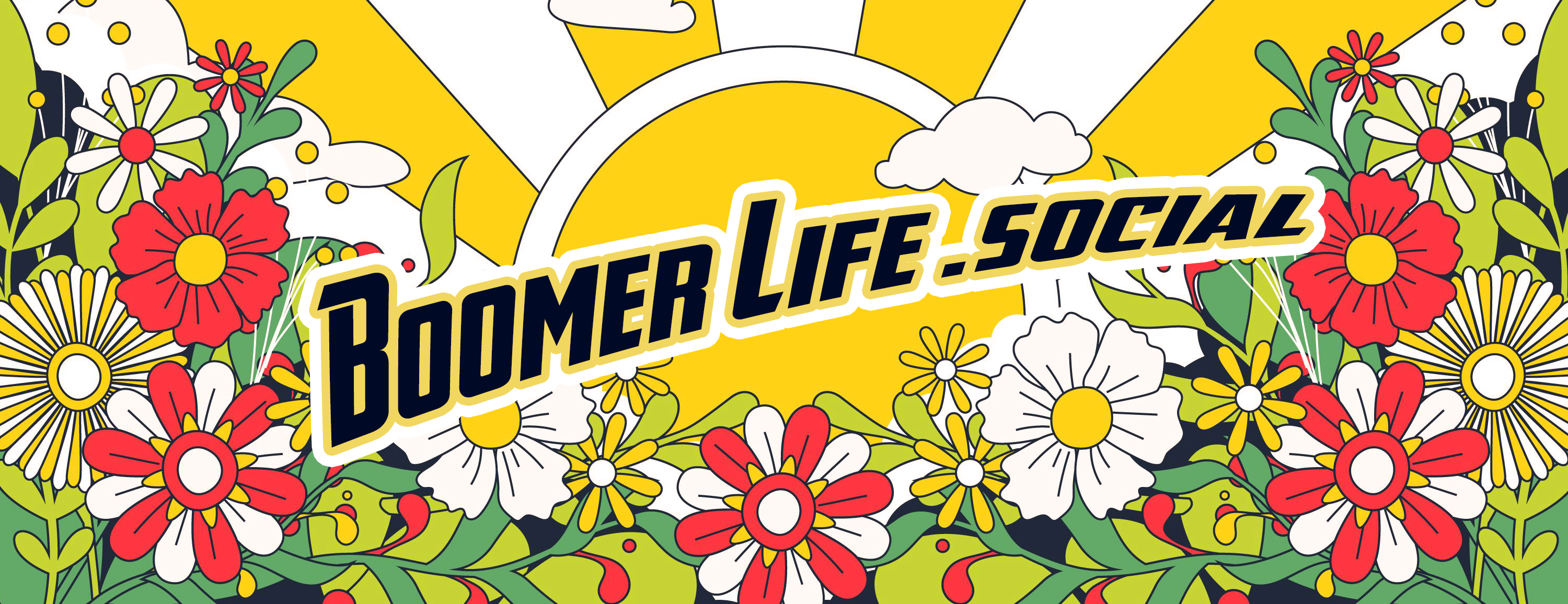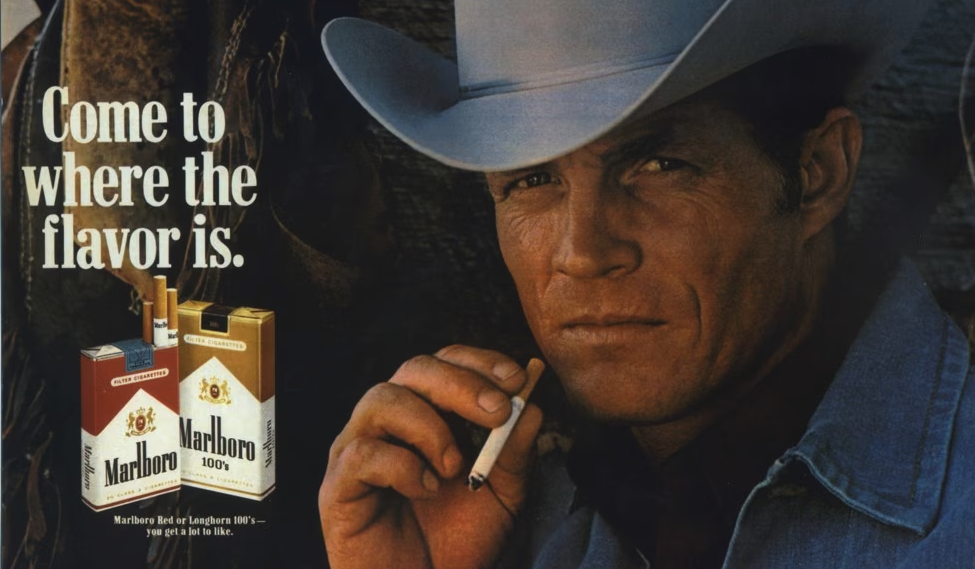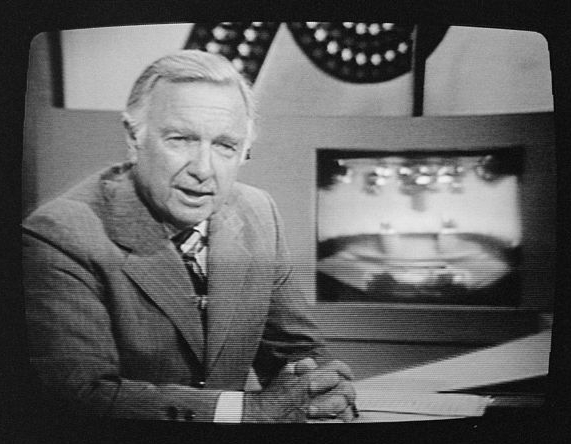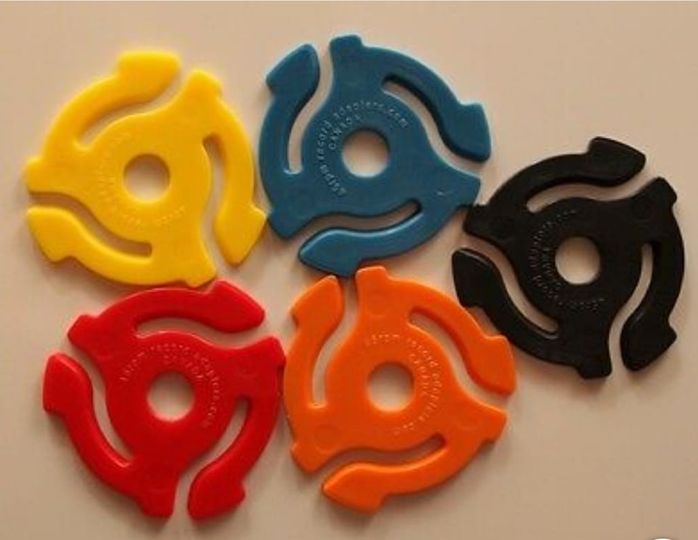Share this article with your network of friends!
For seniors who remember the 1970s, the popularity of CB radios was a cultural phenomenon that united drivers and truckers like never before. Citizens Band (CB) radios became a craze, offering a means of communication and camaraderie on the roads. In this article, we take a nostalgic journey back to the CB radio craze, exploring its origins, its impact on communication, and the enduring memories it has left for seniors who were part of this unique cultural trend.
The Birth of CB Radios
The roots of CB radios can be traced back to the 1940s when they were initially used by government agencies and businesses for communication. However, it was the Federal Communications Commission (FCC) decision in 1958 to allow CB radios for personal use that marked the beginning of their widespread adoption.
The CB Craze Takes Off
It was during the 1970s that CB radios exploded in popularity, thanks in part to popular movies, TV shows, and songs that featured CB radio culture. Movies like “Smokey and the Bandit” and TV shows like “The Dukes of Hazzard” prominently featured CB radios as essential tools for communication and adventure.
The term “CB slang” emerged, with unique phrases and jargon used by CB radio users, such as “breaker, breaker,” meaning someone was trying to get attention, or “10-4,” indicating acknowledgment of a message. This colorful language added to the charm of CB radio communication and became a hallmark of the craze.
Communication and Camaraderie on the Road
One of the primary reasons for the popularity of CB radios was their ability to connect drivers on the road, particularly truckers and long-haul drivers. CB radios provided a means of real-time communication, allowing drivers to share information about traffic conditions, weather updates, and any potential hazards on the road.
Beyond practicality, CB radios also fostered a sense of camaraderie among users. Drivers would adopt unique “handles” or nicknames, adding a personal touch to their communication. These nicknames often reflected the driver’s personality or profession, making conversations more personal and engaging.
Community and Emergency Support
CB radios became a means of creating a sense of community on the road, especially during long trips when drivers might feel isolated. They provided a way to break the monotony of long drives and engage in friendly banter with other road users.
Moreover, CB radios played a crucial role in emergency situations. When accidents or breakdowns occurred, CB users could quickly call for help or assist others in need, making roads safer and more supportive for all travelers.
The Legacy of CB Radios
While the popularity of CB radios eventually waned as new communication technologies emerged, their legacy lives on. CB radios represent a nostalgic era of open communication, camaraderie, and adventure on the road. For seniors who were part of the CB radio craze, the memories of those memorable conversations and connections remain cherished moments of their past.
Conclusion
The CB radio craze of the 1970s provided a unique and unforgettable way for drivers to communicate and connect on the road. With its colorful language, sense of camaraderie, and practical benefits, CB radios became a cultural phenomenon that united drivers and truckers across the country. While the craze may have faded, the memories of those days remain fondly etched in the hearts of seniors who were part of this remarkable period of communication and community on the open road.
DISCLAIMER: This website contains articles for informational and entertainment purposes only. No articles on this website should be considered as professional advice for any medical, legal, or financial matter. Advertisements and content may contain affiliate links, where the website earns a commission for sales derived from our users.





